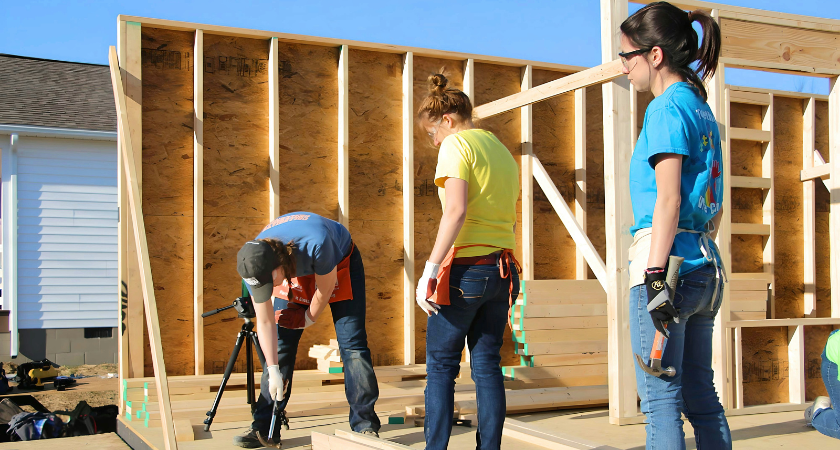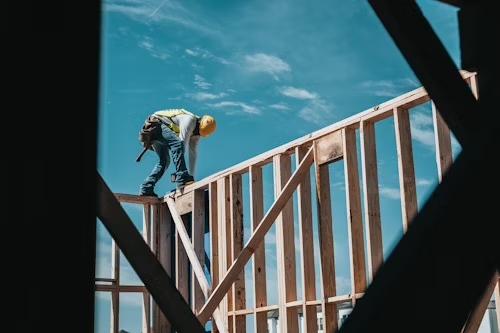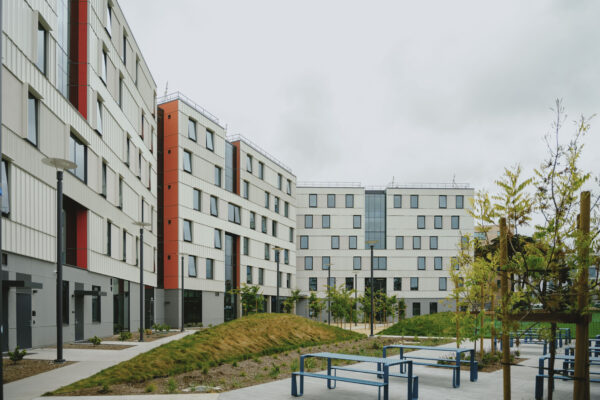
SAN FRANCISCO, Calif. — As California’s universities grapple with a deepening student housing crisis, a new approach is reshaping how campuses build. Progressive Design-Build (PDB), a collaborative project delivery model emphasizing early stakeholder involvement, is helping institutions deliver housing faster, smarter, and with minimal disruption — a critical shift amid rising enrollment and shrinking affordability near campuses.

For many years, public institutions like those in the California State University (CSU) and University of California (UC) systems were known as commuter campuses. But today, demand for on-campus living has surged. Tens of thousands of students remain without stable housing due to limited dorm capacity and soaring local rents. According to recent reports, UC campuses face a shortage of more than 20,000 beds, while CSU schools estimate a gap exceeding 14,000 — leaving students on lengthy waitlists, commuting long distances, or living in unstable conditions.
Progressive Design-Build has emerged as a timely solution. By engaging builders, architects, and owners from the project’s earliest stages, universities can address challenges collaboratively and make critical decisions without costly delays. The model has already proven its impact — especially for partners like McCarthy Building Companies, which has delivered over 5,000 student beds across California in just four years.
At San Francisco State University (SFSU), this delivery method set new benchmarks for speed and efficiency. Facing urgent demand, the university needed new on-campus housing — and fast. Through early collaboration and transparent planning, SFSU successfully delivered 700 new beds in just 17 months, making it the fastest-delivered housing project in CSU history.
Early involvement of design partner EHDD Architecture and trade teams enabled real-time cost evaluation, design iteration, and procurement — all before traditional design completion. This approach not only accelerated progress but also built trust between all stakeholders.
“Through the early partnership with SFSU, we were able to release long lead items — like electrical equipment — early to ensure timely delivery,” shared McCarthy Building Companies Senior Project Engineer Lana Jarnutowski.
She added that the partnership fostered genuine collaboration between operations personnel, the design team, and the university. “Together, we designed and built a place where 700 people can call home. That is something we should all be proud of.”
Beyond speed, PDB projects are redefining what student housing can look like. The SFSU facility includes modern, flexible living spaces designed to foster a sense of belonging. Construction teams carefully planned schedules around academic calendars to minimize disruptions — reducing noise, congestion, and interference during exams and move-in periods.
“This early alignment between the university and trade partners created trust and agility — critical elements for making decisions at speed,” said Jarnutowski, emphasizing how the project’s success hinged on a “students-first” approach.
The result: a vibrant residential community that not only expands capacity but enhances student experience — reinforcing SFSU’s transition from a commuter to a residential campus.

The SFSU project’s success has inspired replication across the state. McCarthy’s progressive design-build model is now being used at UC Riverside, where 1,500 new beds are being delivered in just 23 months using prefabricated Cold Form Steel (CFS) panels. The same combination of Progressive Design-Build and modular construction is also being deployed at UC Davis, where teams are refining lessons learned to further improve efficiency, sustainability, and speed.
This “rolling expertise” approach allows campuses to leverage proven systems, share best practices, and streamline processes across projects — ensuring that lessons learned from one campus accelerate success at the next.
More than just a response to the housing shortage, these projects represent a philosophical shift. Institutions are moving away from commuter models toward fully residential, community-oriented campuses that enrich the academic and social experience.
Amenities such as study lounges, wellness rooms, outdoor courtyards, and community kitchens have become essential components, integrated early in design to avoid late-stage cost increases. Progressive Design-Build allows such flexibility, enabling teams to align designs with both institutional goals and student expectations.
Driven by student needs and supported by innovative delivery models, universities across California are transforming the housing crisis into an opportunity to reimagine what higher education living should be.
As the $2 billion California Higher Education Student Housing Grant Program continues to spur new projects statewide, the lessons learned from SFSU and UC campuses demonstrate that the combination of collaboration, innovation, and student-centered design can redefine what’s possible in public university construction.
Originally reported by McCarthy.